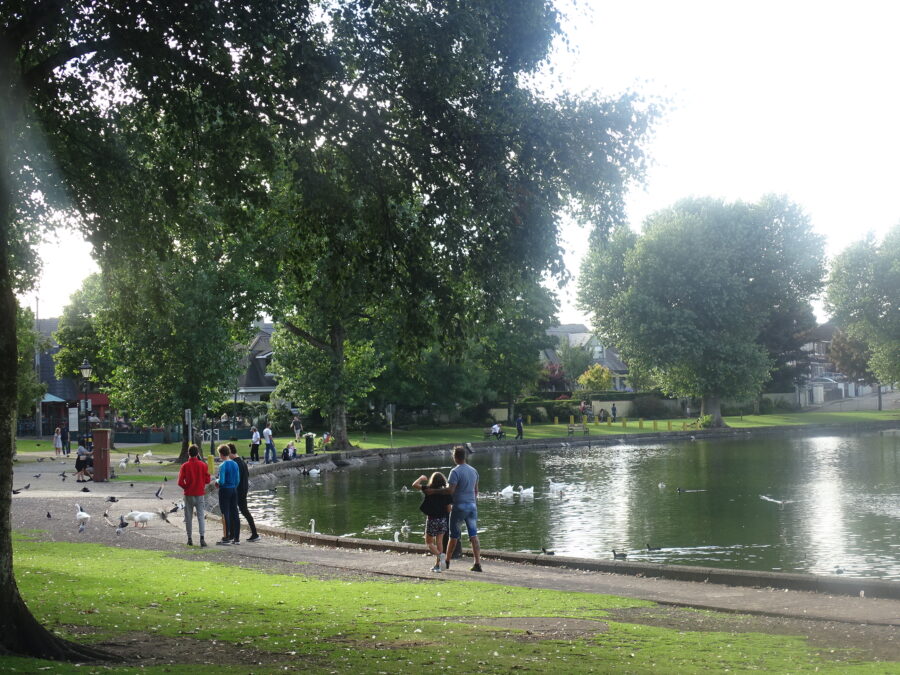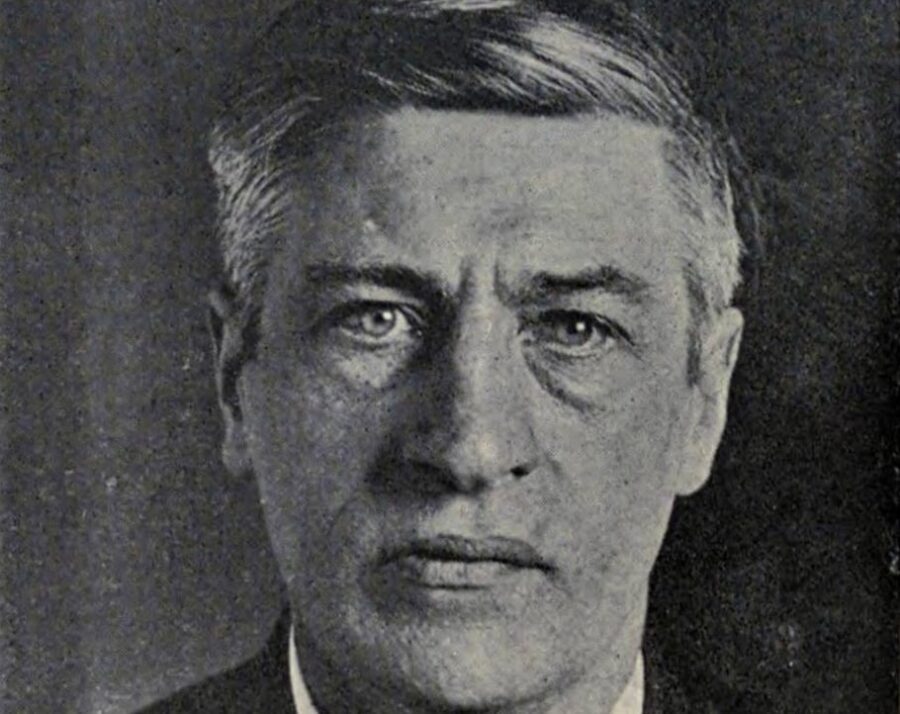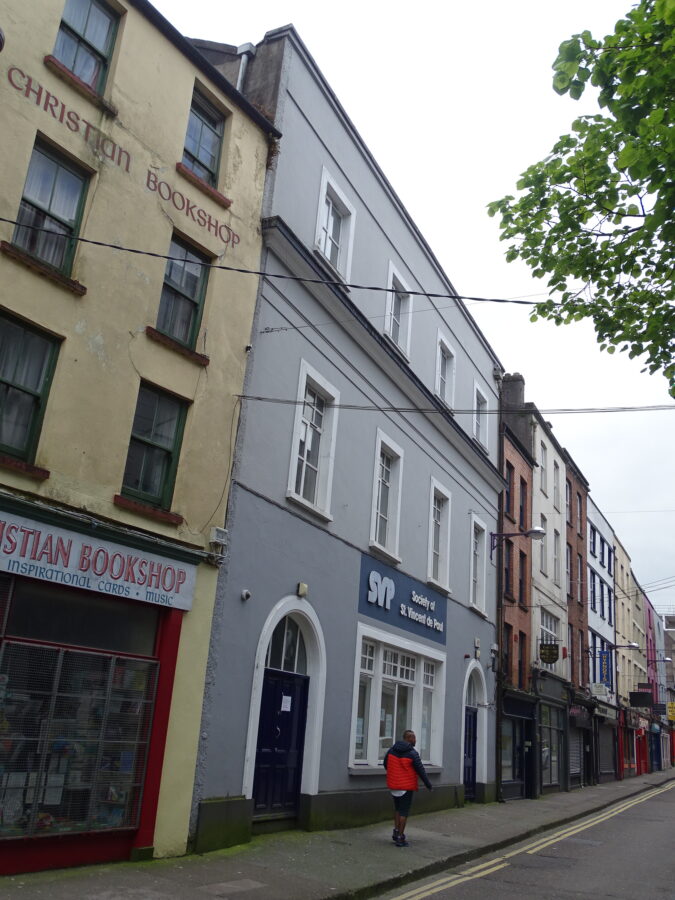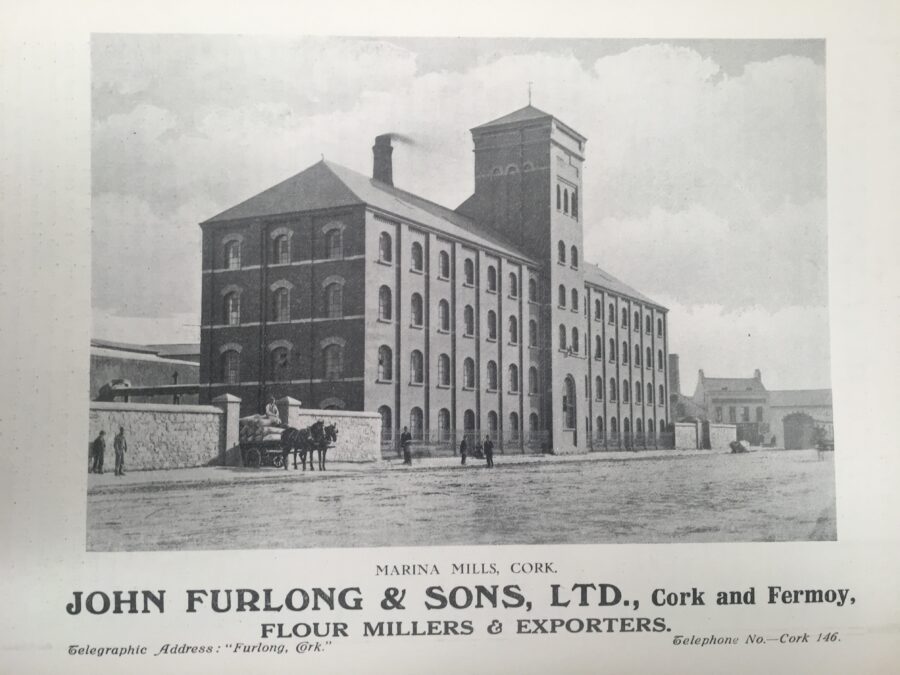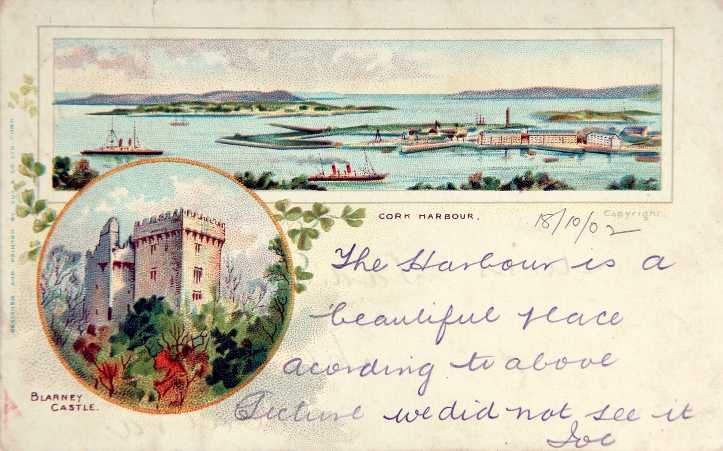
Kieran’s Our City, Our Town Article,
Cork Independent, 8 June 2023
Recasting Cork: Re-Creating a Tourism Market
In late May 1923 at a special meeting of the Council of the Cork Chamber of Commerce, its President John Callaghan Foley presided over a debate on tourism promotion in Cork City and the wider region. Mr Alfred Canavan of the United States Shipping Lines (liners), who was interested in developing tourist traffic between the United States and Ireland, attended. The Cork Examiner (1 June 1923) detailed that Mr Canavan articulated that all sections of the Cork community stood to gain by promoting the tourist traffic. He was of the opinion that a tourist promotion organisation was really needed for the South of Ireland.
Indeed, the national Tourist Organisation Society had been in existence since 1915. In that year owing to the absence of cross-channel tourist traffic, the railway companies and several hotels united to encourage the exchange of tourists between the north and south of Ireland. After 1916 the Society became less active and by 1918 it was decided to suspend activities to such a time as their efforts would be more fruitful.
Member D P Mr Buckley informed the council meeting that some members of the Society were residing in Dublin and not as actively involved as before. Mr Buckley felt that a national organisation rather than a Munster one would be better able to cope with the work of developing an Irish tourist traffic. He further pointed out that such an organisation would be of great service to the South of Ireland in particular.
Member Mr T F O’Leary pointed out that the hotel accommodation in Dublin was not even sufficient to meet the requirements of home visitors. He found from experience that it was necessary to books rooms several days ahead.
Mr Canavan remarked that there was a big revenue lying dormant in the tourist traffic market. He detailed that from the United States there was an average an annual influx of a quarter of a million Americans to Europe. Only a very small percentage of that tourist traffic came through Ireland. He articulated that the aim of Irish Chambers of Commerce and kindred organisations should be to secure at least 75 per cent of this tourist traffic. Referring to the potential revenue dormant in the tourist traffic, he pointed out that up to £4m sterling could be made; “On average each tourist would spend in Ireland at least £20, which on the above basis, should mean a revenue of Ireland of £4,00,000 sterling. Such a revenue would find its way into the coffers of Irish banks, railway companies, hotels, warehouses, and shops with the all-round betterment in the economic and financial position of the country would mean much to Irish industrial development, commerce and shipping”.
Mr Canavan maintained that the acquisition of such a revenue was worth striving for. He agreed with Mr Buckley that a national organisation for the development of tourist traffic should be re-formed. He was of the view that considering the fact that there was over 40,000 unemployed in the 26 counties and that with peace demobilised soldiers would add considerably to the number, every step should be taken to utilise the manpower of the country within the country for the development of Ireland’s natural resources. Of the most beneficial activities that the country might take up would be that of developing a tourist traffic on business lines similar to those followed by Swiss, Italian, French, and English tourist agencies.
Mr Canavan noted that the historical attractions of Ireland were such as to attract foreigners from all parts of the world, especially from the United States. He respectfully suggested the appointment of a sub-committee to deal with development of tourist traffic.
Mr Canavan stated that arrangements had been made in the offices of the US Shipping Lines at New York and Chicago for tourist bookings through to Killarney. He further stated that arrangements had been completed by US Lines for conducted tours to Europe in which Ireland was included in the itineraries. The first party was due to arrive in Cobh on 7 June 1923.
Member P O’Mahony of the Universal Motor Company stated that on behalf of the Munster Motor Association he would like to state that sufficient motor facilities would be provided so as to enable tourists to visit any district, in Ireland they were anxious to see. He would lay the matter before the Munster Motor Association and do his best to help tourist visitors to Ireland to visit the most renowned scenic spots and districts of historical interest.
Member (and town planner) Mr Joseph F Delany proposed that a joint sub-committee of the Chamber and the Munster Motor Association be formed with the object of organising South of Ireland Tourist Traffic Association. He added that representatives of railway companies, hotels, etc., should be invited to participate in the work of organisation. He further suggested that an information bureau should be set up in Cork City so that tourists could readily obtain information regarding Irish itineraries.
Subsequently in September 1923 the Munster Tourist Development Association was formed in Cork with a membership of eighty members and fifteen directors including Cork Chamber director John Callaghan Foley, Alfred Canavan of the US Shipping Lines and Barry Egan, jeweller and Chamber member. Of the eighty members, forty-five were hoteliers, of whom thirteen were women, mostly situated in the Munster region.
In June 1924 the Munster Association led to the creation of the Irish Tourist Association. The new national body would initially have twenty members and was registered under the Companies Act. Its membership included Cork Chamber of Commerce’s President John Callaghan Foley who became Vice President of the national association. The Association was established with the aim of “promoting tourism to the benefit of the nation”. Initially it operated without any financial support from the Irish Free State at the time. However, it could boast within its first six months of operation membership of 400 Irish hotels and the publisher of Irish Travel newsletter (now digitised and online). In 1952, the Association was renamed Bord Fáilte.
Kieran’s Upcoming Walking Tours (All free, two hours, no booking required)
Sunday afternoon, 11 June 2023, Cork South Docklands; Discover the history of the city’s docks, from quayside stories to the City Park Race Course and Albert Road; meet at Kennedy Park, Victoria Road, 2pm, in association with the Cork Harbour Festival.
Tuesday evening, 13 June 2022, The Lough and its Curiosities; meet at green area at northern green of The Lough, entrance of Lough Road to The Lough, Lough Church end; 6.30pm.
Sunday afternoon, 18 June 2022, Blackpool: Its History and Heritage; meet at square on St Mary’s Road, opp. North Cathedral, 2pm.
Caption:
1205a. Postcard showcasing Cork Harbour, 1902 (picture: Cork Harbour Through Time by Kieran McCarthy & Dan Breen).
